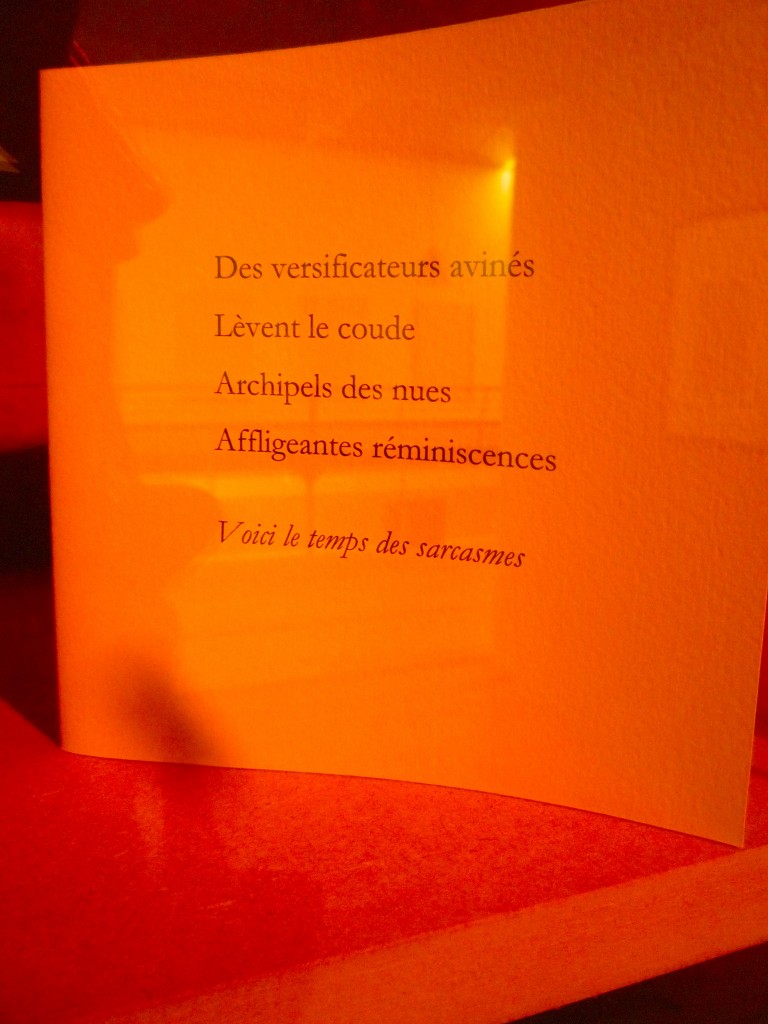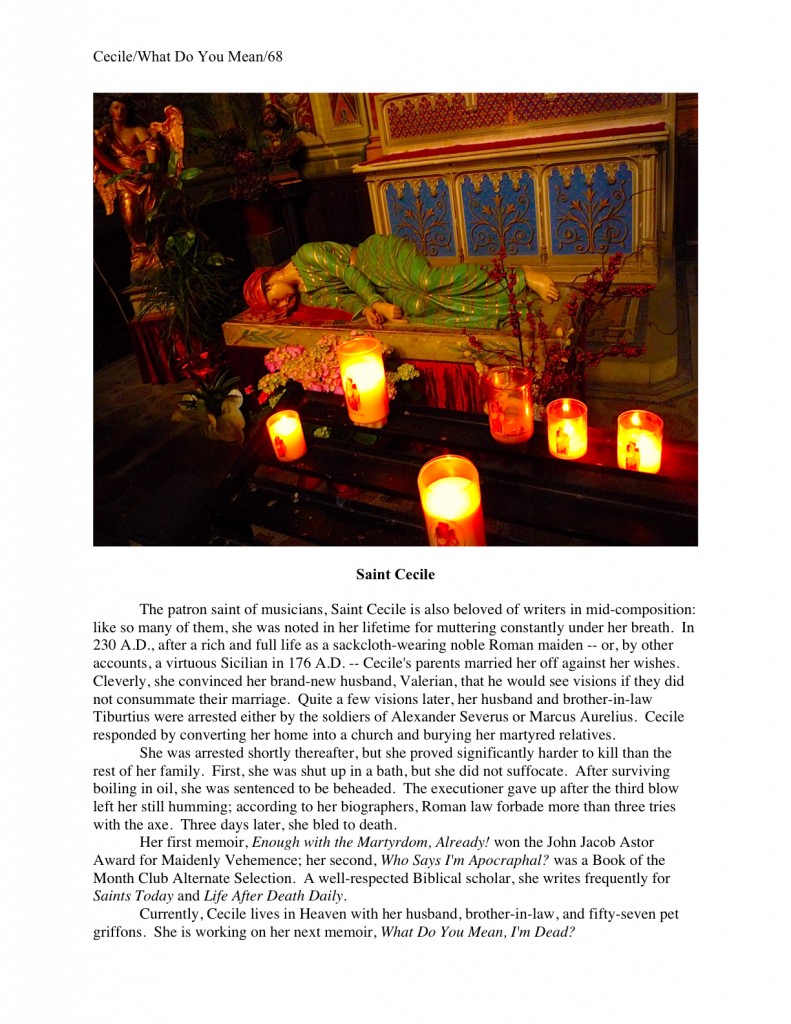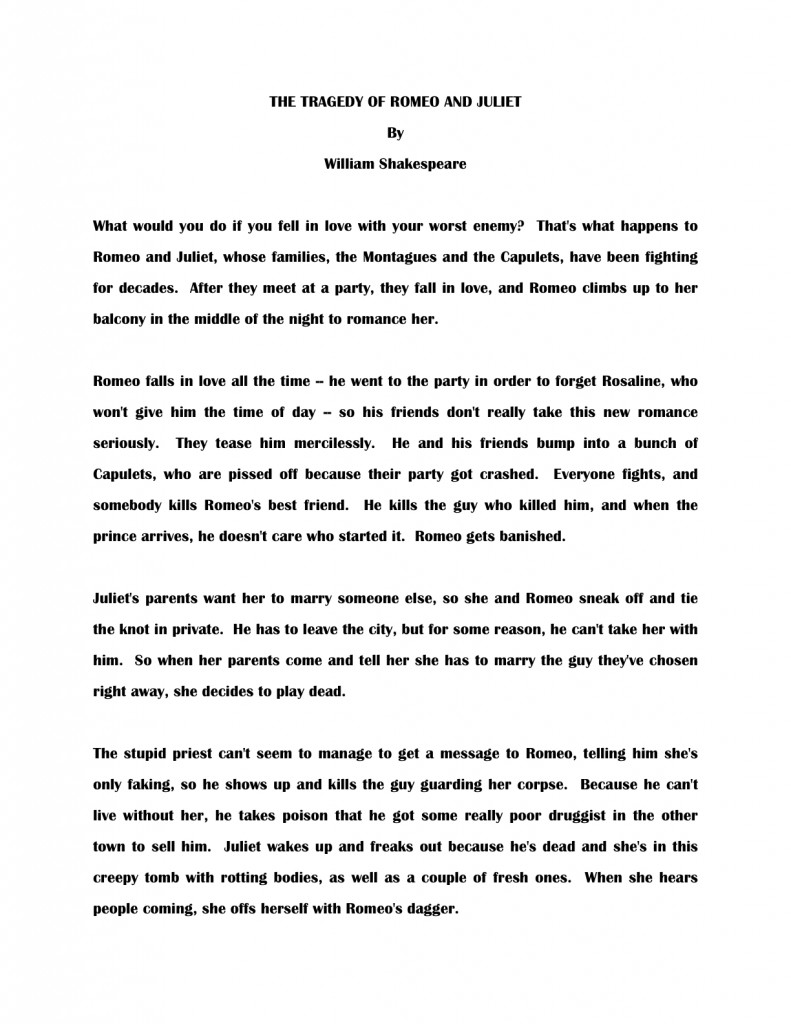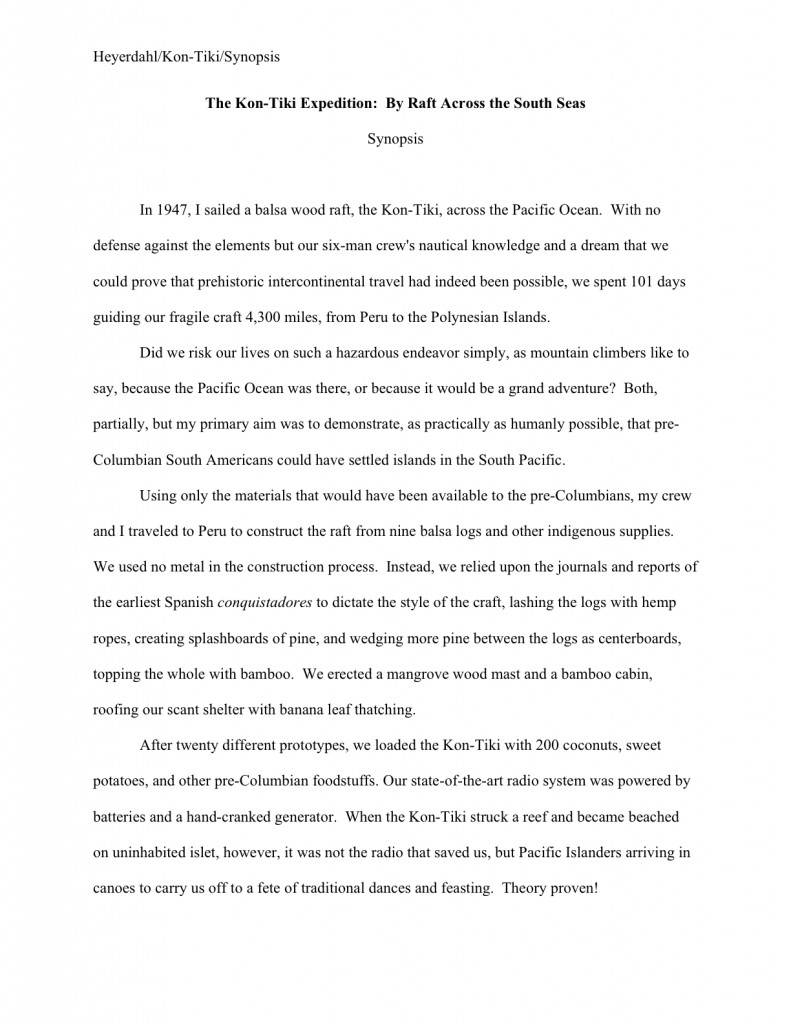
Before I launch into today’s wit and wisdom, a great big shout of congratulations to Askhari Johnson Hodari and Yvonne McCalla Sobers on this week’s publication of LIFELINES: THE BLACK BOOK OF PROVERBS, released by little publisher some of you may perhaps have heard of, Random House. Thanks for giving all of us quote-lovers such a rich treasure trove!
Not to mention such a great resource for writers looking to deepen the dialogue and background of their African and African-American characters — something for which all of us here at the Author! Author! community already know Askhari, if you will recall. Remember back in February, when she celebrated the release of her book, THE AFRICAN BOOK OF NAMES, by writing that terrific guest blog on choosing character names?
Yes, you read that correctly: this is her second book out this year. I only blandish the best guests to delight and enlighten you. Because, as they say in Uganda, “They who possess much wisdom, have it in their ears; they who possess little wisdom, have it on their lips.”
Like a lot of writers, I’m completely addicted to quote books, and LIFELINES includes hundreds of proverbs I’ve never seen before. But don’t take my word for it — here’s the publisher’s blurb:
Lifelines: The Black book of Proverbs travels to all corners of the globe to reclaim and preserve African wisdom. This book offers the remarkably wise heart of Africa and her children to readers experiencing career changes, new births, weddings, death, and other rites of passage. Readers will find truth in the African saying, “When the occasion arises, there is a proverb to suit it.”
Proverbs are presented in vibrant story-poem form; and are uniquely arranged by key life cycle events such as birth, initiation, marriage, and death. The proverbs can be found under themes such as “wealth”, “parenting”, “change” and “strength.” Inspired illustrations introduce each section along with beautiful vignettes showing how African proverbs comfort, inspire and instruct during different phases of life.
Lifelines illuminates how traditions, civilization and spirit survive and thrive, despite centuries of loss of freedom, family, identity, language, land, and wealth. The proverbs offer wisdom for every stage of our lives. Collected in one place as never before, it is the perfect addition to the book shelves of families large and small, from Nairobi to New Orleans and every city in between.
From birth: Every cackling hen was an egg at first. -Rwanda
to marriage: A woman’s clothes are the price her husband pays for peace. -Central Africa, East Africa, and Southern Africa (Bantu)
and elderhood: Every time an old man dies it is as if a library has burnt down. -West Africa
as well as every stage of life in between, the proverbs found in Lifelines offer the guidance and wisdom to last a lifetime.
Unlike other collections of proverbs, Lifelines hews closely to the cycle of life and draws inspiration from the authors combined 110 years of experience. Askhari Johnson Hodari and Yvonne McCalla Sobers have set out to let their proverbs both tell a story and stand alone. So whether you flip it open to a random page, read it through from start to finish, or go searching for a proverb to match your unique circumstance, you’ll find just the right lifeline to provide the comfort and guidance you’re looking for.
And, as I said, it’s utterly addictive, particularly for writers. Don’t you wish you had always had this little gem handy to toss at the well-meaning kith and kin who ask at holiday dinners, “So, is the book done yet?”
Those who eat eggs don’t know whether the chicken suffered. (Martinique)
Now that’s a comeback. Those of you who would like to get your mitts on a copy right away can, of course, pick one up on Amazon or for those of you who prefer to purchase from an indie bookstore, Powell’s, as well as directly from the publisher. (The last is a trifle more expensive than the first two, but receiving a box with RANDOM HOUSE as the return address might make many an aspiring writer’s heart go pitter-pat.)
But I promised you a contest, didn’t I? Askhari and Yvonne have been kind enough to arrange a book give-away for you fine people. This one is going to be fun for all of us. The rules:
1. Pick your all-time favorite proverb or quote about writing.
2. Figure out why you love it so much, and write a paragraph about why it inspires you. (Keep it under 100 words, please.)
3. E-mail the quote and your paragraph, along with the quote’s original source (if you know it) and your name to anneminicontest@gmail.com by midnight Pacific Standard time on Wednesday, November 25th.
4. Wait in eager anticipation for me to announce the winner on December 4th, when I’ll post the most stirring quotes.
Easy, right? I’m really looking forward to hearing the quotes that help you keep the faith — and to giving away the book.
To get those quote-finding juices flowing, I’m going to devote the rest of today’s post to talking about keeping the faith — not merely while you’re gnawing your nails, waiting to hear back from an agent or editor, or while you’re girding your loins to send out those queries and/or requested materials out before the NYC-based publishing industry slows to a crawl between Thanksgiving and Christmas. Most of the work of writing, after all, occurs long before the submission stage, alone in the dark of night.
Or light of day, depending upon your writing schedule.
So I was very pleased to stumble across a delightfully apt quote for aspiring writers, courtesy of Anaës Nin’s DIARY (Vol. 3, 1939-1944): “Life shrinks or expands in proportion to one’s courage.”
While I don’t think that’s always true — dear self is not, after all, the absolute center of the universe — it’s certainly true of trying to break into print. The only book concept that has absolutely NO chance of getting picked up by an agent is the one that no agent ever sees. Consequently, opportunities do in fact expand for those courageous to keep pitching and querying.
The converse is also true: opportunities contract for those not willing to put their writing out there. Too many aspiring writers reject their own work before a soul in the industry has an opportunity to take a look at it.
Creative minds are uniquely qualified, unfortunately, to talk their owners out of taking the big risk. The what if? muscles in writers’ brains tend to be rather well-developed, after all. And, as Ruth Gordon informed us in L’OFFICIEL, courage, “like a muscle, it is strengthened by use.”
(Oh, like you don’t go scurrying to your quote book when you find a good new one to add, and then start leafing through what’s already there?)
Again, true of both querying and submission: plenty of writers never get past the first rejection letter; it crushes them, because they read it as an entire industry’s — nay, the entire world’s! — rejection of what they have to say.
If you have fallen into this category for even twenty consecutive minutes, ever — and who among us hasn’t? — let me ask you to take on faith, at least provisionally, something I have learned from long, long experience: the 4th rejection hurts less than the first, and the 147th less than the 146th.
Virtually any currently published author could confirm that. Believe it or not, the vast majority of writers who have landed agents and publishing contracts have had their work rejected dozens upon dozens — if not hundreds upon hundreds — of times over their professional lifetimes. Including yours truly. But we kept ploughing ahead until the industry started to take us seriously.
As Louise Nevelson wrote in DAWNS + DUSKS, “I think all great innovations are built on rejections.”
I’m not going to lie to you — it takes courage, and plenty of it, to keep querying and submitting your work to total strangers. And while I’m on a truth-telling binge, allow me to add: I think that those of us who don’t have to query anymore (i.e., already agented writers) and those who never had to query in the first place (agents, editors, pretty much everyone on the business side of the publishing industry) have a nasty habit of pretending that querying is just like sending out any other business letter.
It isn’t, of course; it requires facing down the naysayers in your own head and risking the rejection of people you do not yet know. Yet have you noticed how often speakers at writers’ conferences and writers of articles on querying imply that it’s the easiest thing in the world?
“There is plenty of courage among us for the abstract,” Helen Keller wrote in LET US HAVE FAITH, “but not for the concrete.”
Having been on both sides of this particular aisle, I’m here to tell you: tackling the day-to-day necessities of maintaining an ongoing querying campaign is much, much, MUCH more difficult than standing up and gassing about querying techniques from behind a podium. So the next time you’re at a conference being lectured about it, remember to pat yourself on the back a little for being braver than the speaker, in all probability.
It is SO easy to forget whilst hiking the querying-and-submission trail that it honestly does take more courage on the part of an agent to sign a previously unpublished writer than a published one, just as it requires more bravery for an editor to take a chance on a brand-new writer than upon the 17th work by an established name. This is why, in case you were wondering, those of us who have been in the biz for a while cringe when we hear an aspiring writer say, “Well, my book is at least as good as the rest of the junk out there.†The standard against which a new writer’s work is held is not that of the current market, contrary to popular belief, but considerably above it.
Don’t believe me? Okay, try this little experiment: read five books by first-time authors in your chosen book category that have come out within the last year — then go and take a gander at what the time-honored leaders of the genre have put out lately. Do they honestly seem to be edited, let alone written, to the same standard?
It’s a good idea in general to get into the habit of reading the work of new authors in your book category, anyway, to keep abreast of what is being bought and sold recently — I can’t tell you how many times I’ve heard agents and editors complain about aspiring writers’ not being familiar with the current market, as opposed to what was hot ten years ago.
Besides, if you want to live in a world where publishers are eager to buy books like yours, it only makes sense to convey that preference through buying them yourself, right? Right?
And if neither is incentive enough to spur you to curl up this autumn with the latest offerings in your chosen book category — or to ask the Furtive Non-Denominational Gift-Giver to stuff a few of ‘em into your stocking — here’s another: reading first-time authors is a great way to pick up agent leads.
Why first-time authors, as opposed to the other kind? Because the vast majority of books sold to publishers each year in this country are written by the already-published. Why? Well, they have track records. And think about it: how often do you — or did you, prior to adopting the practice of actively seeking out first-time authors I suggested above — buy books by first-time authors?
Okay, what about ones you don’t know personally, or who haven’t won major awards?
Readers tend to gravitate toward names they know — and bookstores often encourage the practice. Unless the writer is a celebrity in another medium or a politician, first books are substantially less likely to be placed in a prominent position in a chain bookstore. Certainly, they are less likely to be place face-out on the bookshelf, which decreases that probability of being browsed considerably. Naturally, this results in sales statistics that show very plainly that established authors sell better than new ones.
So your chances of getting picked up are higher if you already know a particular agent has been successful selling a first-timer like yourself. You know, at any rate, that the agent has been exceptionally brave at least once.
And wouldn’t you know it, Helen Keller has ANOTHER pithy statement that’s appropriate here, and from the same book? “Avoiding danger is no safer in the long run than outright exposure. The fearful are caught as often as the bold.” Are you listening, agents?
Because the agent who compulsively sells first novels is something of a rarity, let me once again urge you to draw a firm distinction in your mind between agents whose listings in the standard agents’ guides SAY they are open to queries from previously unpublished writers, and those who have a successful TRACK RECORD of selling first books.
As Abigail Adams seems to have written to her troublemaking husband in 1774, “We have too many high sounding words, and too few actions that correspond with them.” Amen, Abby!
To be fair, agents — the successful ones, anyway — only take on what they’re pretty sure they can sell. As anyone in the industry will tell you at great length after he’s had a few drinks (oh, like it’s accidental that writers’ conferences almost always take place in hotels with bars in them…As Agnes Repplier was prone to say, and even wrote in 1891’s POINTS OF VIEW, “If a man be discreet enough to take to hard drinking in his youth, before his general emptiness is ascertained, his friends invariable credit him with a host of shining qualities which, we are given to understand, lie balked and frustrated by his one unfortunate weakness.”), a first book, unless it is written by a celebrity, is quite a bit harder for an agent to pitch to a publisher than a second or third.
In fact, on average, less than 4% of the fiction published in any given year is by first-time authors.
Sorry to be the one to break it to you. But as George Sand apparently wrote to some friend of hers in 1863, “Let us accept truth, even when it surprises us and alters our views.” Or, if you prefer Thomas Jefferson, “We must not be afraid to follow the truth, wherever it may lead.”
I’m sure I could find a dozen more quotes on the subject if I really took a spade to the Bartlett’s, but I’m sure you catch my drift. My point is, it’s not all that difficult translate your reading habit into querying leads — because while life may shrink or expand in proportion to one’s courage, chance also favors the prepared mind. Or so said Louis Pasteur.
What, you thought the boiling milk thing just came to him one day while he was thinking of something else?
Getting into the habit of reading every (or as close to every as possible) first book published in your book category this year — and next year, and the year after that — will give you a very solid sense of how editors and agents conceive of the category, making it easier to tell whether your work genuinely falls within it. It will help convey a sense of upir target readership as well.
While this may seem like a very large task to set oneself, most book categories actually sport relatively few first-time authors in any year’s harvest of publications. For years, I made a practice of reading every first literary or mainstream novel written by an American woman under 40 published by a major publishing house each year. Care to guess how long that took?
I wish I could report that it was a full-time job, but in truth, it wasn’t all that time-consuming. There were few years where more then 25 books answered that description; one year, there were only 7.
And those 7 were represented by only 3 agencies, I discovered. Guess who I queried the instant I uncovered THAT unsavory little fact?
The realization could have made me despair — but instead, it convinced me to sit down and take a good, hard look at the novel I was shopping around at the time, to see if there was any way that I could make it more mainstream, because that opened up so many more querying possibilities. And sure enough, after I had taken most of the semicolons out of the text and readjusted the thought/action ratio a little, I found that my novel was about equally welcome to agents who represented adult fiction, women’s fiction, and literary fiction — which makes some sense, as there is considerable overlap amongst the readers of all three.
Heck, literary fiction aimed at women is considered downright redundant in the industry. But unless a writer became awfully darned familiar with the book market, how is she to know that?
There is another, more immediately practical reason to get in touch with one’s submarket and remain so, of course: it’s a great way to identify agents to query. As I mentioned many, many times throughout my recent HOW TO WRITE A REALLY GOOD QUERY LETTER series (conveniently viewable under the category of the same name on the archive list at right), every agent on the planet is flattered by queries that begin, “Since you so successfully represented Unknown Author’s recent novel, FIRST BOOK, I hope you will be interested in my novel, PROJECT I’VE BEEN WORKING ON FOR A DECADE…”
They are far likely to be buttered up, in my experience, by mentions of novels them may have struggled to sell than by similar references to their better-established clients. (Because, presumably, as Edith Sitwell tells us: “The aim of flattery is to soothe and encourage us by assuring us of the truth of an opinion we have already formed about ourselves.”)
Use this quirk to your advantage.
To slather on the butter with a more lavish hand, go ahead and say something nice about the book in your query letter to its agent. (Quoth Marie von Ebner-Eschenbach in APHORISMS: “We are so vain that we even care for the opinion of those we don’t care for.”) Naturally, nice-saying is going to be a whole lot easier if you have actually read the book in question.
Although truth does compel me to say that if you are in a hurry, you can’t go far wrong with something along the lines of, “As the agent who so ably represented Keanu Reeves’ BRAIN SURGERY AT HOME, I believe you will be interested in my book…”
That being said, on conscientious grounds, I really should reiterate that you ought to read, if not actually buy, all of the books you are using as launching pads for query letters to agents. Buying them is ideal, of course: after all, the sales of an agent’s current clients subsidize hiring Millicent to screen submissions from new writers.
Not to mention the good karma factor. The world would be a substantially better place for writers if we supported one another by purchasing books by first-time authors early and often. Because, after all, who can forget Hamelyn’s 1719 pronouncement, “Stinginess does not enrich; charity does not impoverish”?
However, good old Hamelyn aside, books ARE expensive, and I know that some of you will be in too much of a hurry to check all of the relevant books out of the library. So here are a few tips on how to expand your reading list without buying out Borders.
1. You don’t need to until a book is actually published before complimenting it agent on the achievement of selling it.
Given predictable lag times between book contract and actual publication, you may be able to spot a relevant sale as much as two years before it turns up in a bookstore near you.
So in a sense, even a very hip bookstore is a graveyard of passé contracts. (As Mary Webb informed us in PRECIOUS BANE, “We are tomorrow’s past.”) What you are seeing in bookstores today, then, is not an infallible guide to what agents are selling now.
And as I am probably not the first to point out, the early bird catches the worm. By querying the agent BEFORE the book comes out, you will beat the crowd of writers who inevitably swamp the agent of any commercially big book. (Sorry, no quote for that one. This is harder than it looks, people.)
Also, your promptness will tell the agent indirectly that you are a savvy writer familiar with market trends — and you will become one, if you become a regular reader of book sales. It is surprisingly addictive, and you will quickly learn a great deal about what is and is not being sold to publishing houses right now.
2. Use the industry’s own press to keep abreast of who is representing what right now.
Start reading the trade journals, such as Publishers’ Weekly, or subscribe to Publishers Lunch, which lists pretty much every sale to a North American publishing house, by title, author, agent, and often a one-line description of the book as well.
Fringe benefit: many times, these sources will give a general indication of the advance offered, too, so you can start getting some idea of what your writing is potentially worth. (Hint: pretty much every aspiring writer believes that the average advance is exponentially larger than it actually is.)
To quote my former agent, “We don’t really have any idea of a book’s market value until we start to shop it around.” (Come on — you expected me to have a famously relevant quote ready for that one?)
3. Find out who is representing first books right now.
If you are a novelist, pay particular attention to the debut novels, which are often broken off into their own section in industry listings. Again, there is no better way to tell which agents are willing to take on new writers than to find out who is putting that inspiring level of openness into action.
(As George Eliot told us in ADAM BEDE, “If you could make a pudding w’ thinking o’ the batter, it’d be easy getting dinner.” So true, George, so true.)
4. Keep an eye out for trends, so you may send out your queries at the best time for your book.
Keeping abreast of who is selling what will also allow you to target your queries more effectively as agents’ (and agencies’) tastes change over time. (As Zora Neale Hurston liked to put it, “research is formalized curiosity. It is poking and prodding with a purpose.”)
Since a pre-publication query is a situation where you could not possibly have read the book before querying (unless you happen to be a member of the author’s critique group), you need not worry about complimenting the book; by noticing the sale, you will be complimenting the AGENT, which is even better.
In fact, you should make sure NOT to compliment the book, since anything you say is bound to come across as insincere. Has not Pearl S. Buck taught us that “Praise out of season, or tactlessly bestowed, can freeze the heart as much as blame”?
A good all-purpose opening, to steer clear of the slightest hint of misdirected flattery: “Congratulations on your successful sale of BOOK X! Since you so skillfully represent (BOOK X’s type of book), I hope you will be interested in my book…”
Yes, being this talented an agent-butterer does take time, as well as quite a bit of work. But unlike so many of the mundane tasks we writers need to perform to attract an agent’s attention, forming the twin habits of reading what’s newly in your area and keeping abreast of what editors are acquiring right now for your future reading pleasure will not merely be helpful in blandishing the agent of your dreams into taking a gander at your work. These are habits that will help you in later years be a more marketable — and perhaps even better — author, well versed in all of the pretty things writers in your category can do to enchant their readers.
“Unhappiness,” Bernadin de Saint-Pierre wrote in THE INDIAN HUT, “is like the black mountain of Bember, at the edge of the blazing kingdom of Lahor. As long as you are climbing it, you see nothing but sterile rocks; but once you are at the peak, heaven is at your head, and at your feet is the kingdom of Cashmere.”
Try to think of all this self-assigned reading as continuing education for your dream profession. Keep those chins up. And, of course, keep up the good work!

























































